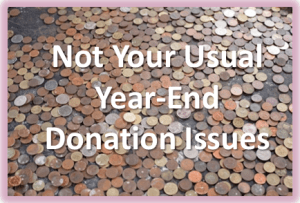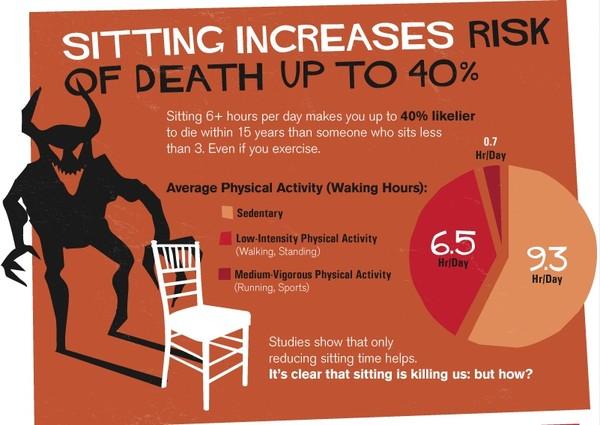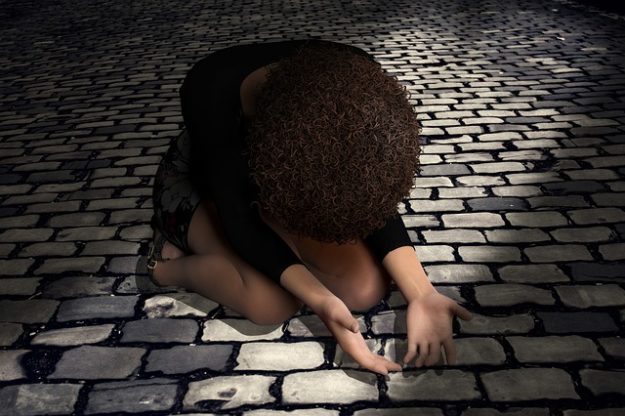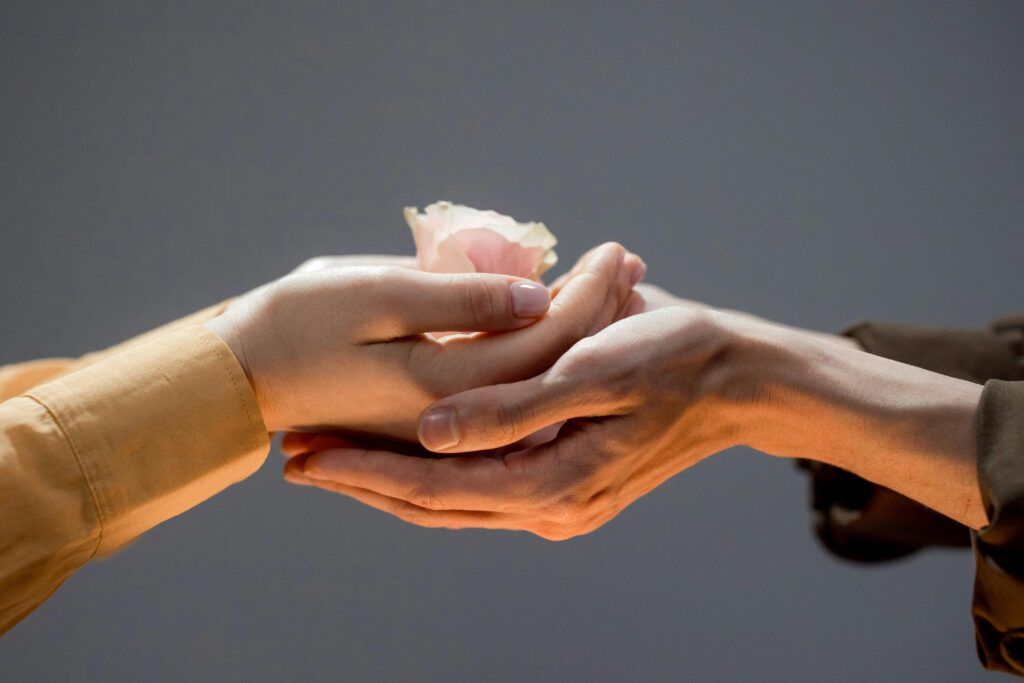Philanthropy; Not Fundraising: Why Online Marketing Revolution Demands Nonprofits End Business as Usual
Once upon a time I knew what I was doing. I attended The Fundraising School, discovered a host of tried-and-true techniques, mastered the art and science of fundraising transactions and went forth to apply the tools at my disposal. Money was raised.
Fast forward several decades, to sometime about five years ago. I had a dawning realization. I no longer knew what I was doing. I had somehow entered “wing and a prayer” territory. The culprit? Revolutionary and disruptive technology that, simply put, has ended “business as usual.”
What can you think of that has been done the same way for 50 years? For too many nonprofits the answer is fundraising and marketing (aka “development”). And it’s beyond time for a change. In fact, a sea change. It turns out Bob Dylan got it right.


 Studies show
Studies show 

 You’ve no doubt become familiar by now with the term “
You’ve no doubt become familiar by now with the term “



















 When the world feels wildly out of whack, it’s time to figure out how to bring things back into some semblance of balance.
When the world feels wildly out of whack, it’s time to figure out how to bring things back into some semblance of balance.


 Shifting politics are creating economic uncertainty for all, and it’s especially scary for U.S. nonprofits who, on average, receive about a third of their total funding from Federal grants. This means nonprofits today need to shift emphasis (and budget) toward individual donor engagement strategies. Giving USA reports
Shifting politics are creating economic uncertainty for all, and it’s especially scary for U.S. nonprofits who, on average, receive about a third of their total funding from Federal grants. This means nonprofits today need to shift emphasis (and budget) toward individual donor engagement strategies. Giving USA reports 
 There’s a lot about fundraising folks take for granted. And not in a good way. Because… much of it is untrue!
There’s a lot about fundraising folks take for granted. And not in a good way. Because… much of it is untrue!

 Legacy gifts don’t fall from the sky.
Legacy gifts don’t fall from the sky.
 Today I want to talk about the heart of successful major gift fundraising.
Today I want to talk about the heart of successful major gift fundraising.


 Everyone’s been saying this, just about daily, for some time.
Everyone’s been saying this, just about daily, for some time.
 People are wired for stories
People are wired for stories


 Not as much as you might think.
Not as much as you might think.


 This year Giving Tuesday is November 28th. So, soon.
This year Giving Tuesday is November 28th. So, soon.